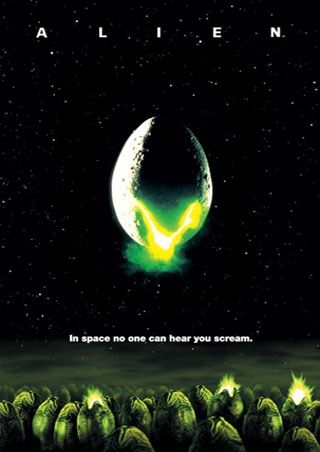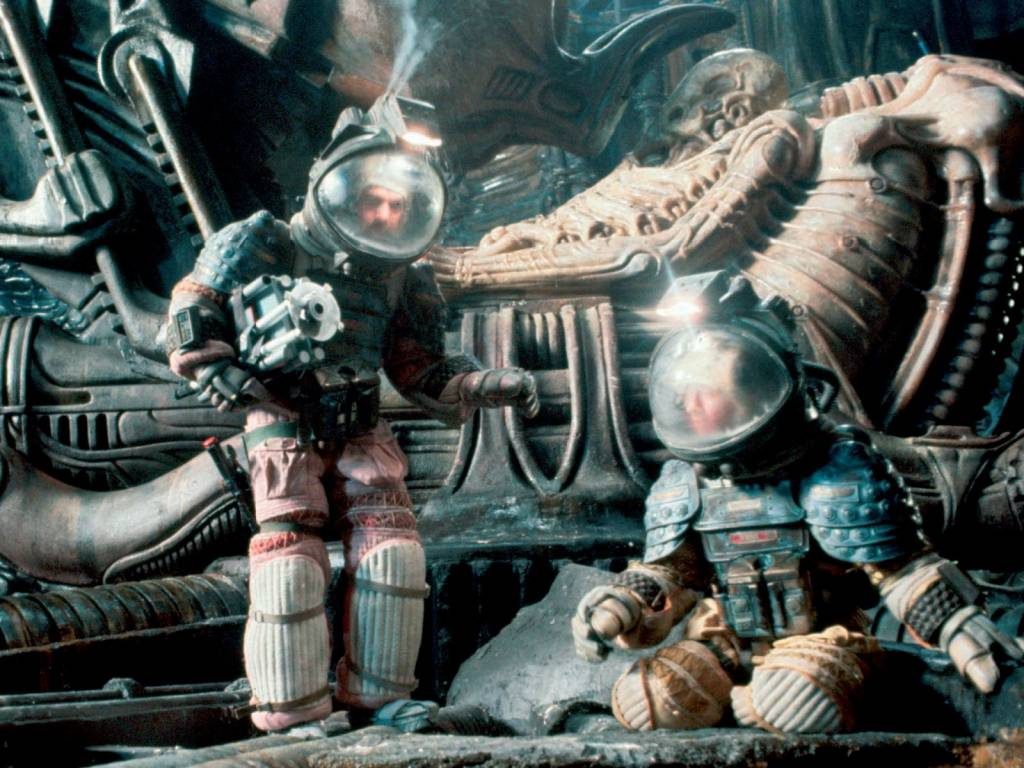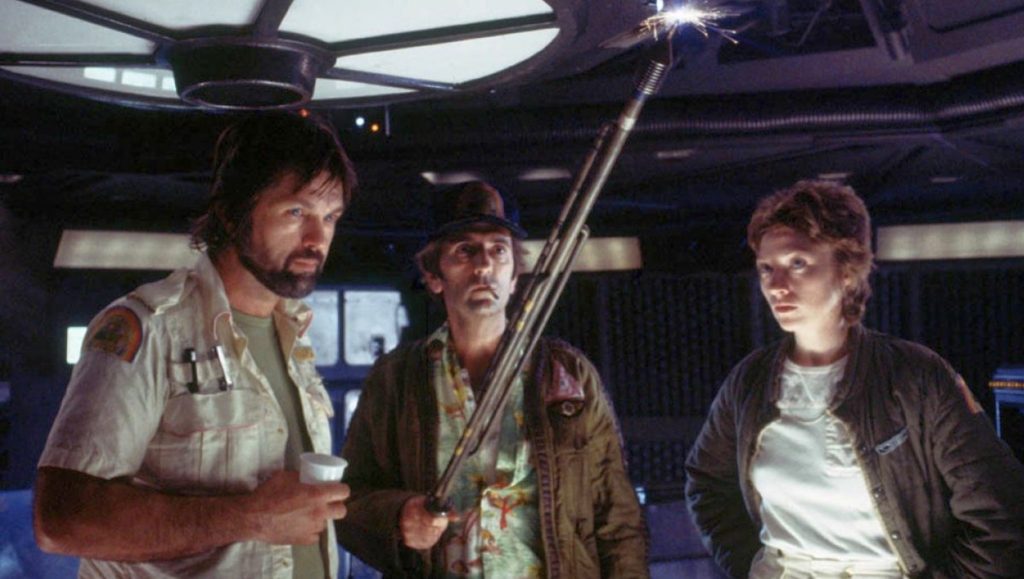Alien
Dangerous stowaway

Watching a recent sci-fi movie, I was bothered by something. It was an expensive production, with a stellar cast and great special effects, but with a weak and inconclusive script. Then I realized what was bothering me, the film was a bad copy of “Alien” (USA, 1979). This movie, released more than four decades ago, has become a landmark in cinema, both in the science-fiction as well as in suspense / terror genre.
What does this film have more than so many others, a modest production of eleven million dollars, which, even updating to today’s values, would barely pay the protagonists’ fees, let alone the special effects? In addition, the industry had already made numerous films with extraterrestrials, spaceships, etc., so that nothing there seemed to be new.

The story of the movie is absurdly simple. Upon returning to Earth, the gigantic ship Nostromo, full of ores, has its trajectory interrupted due to a mysterious call coming from a small planet. The crew, made up of seven members in artificial hibernation, is awakened to investigate this strange signal.
Commander Dallas (Tom Skerritt), navigator Lambert (Veronica Cartwright) and researcher Kane (John Hurt) go to an abandoned ship, where the signal came from. There, Kane is attacked by a strange being, who sticks to his face.

Back on the ship, despite protests from Officer Ripley (Sigourney Weaver), Kane is brought on board, with the bug stuck to him. Suddenly, the being dies and Kane returns to normal, looking like everything has passed. But, a nice new pet literally blows up Kane’s chest and disappears into the huge ship.
What appeared to be a small animal soon proves to be a perfect being, practically indestructible, with organic acid instead of blood and with the ability to withstand the worst conditions of survival. And, unfortunately for Nostromo’s crew, it proved to be extremely hostile and dangerous. Then, a game of cat and mouse begins to guarantee the survival of humans, which still has the disadvantage that the company finds the alien more interesting than the crew itself.
As I had said above, before “Alien”, cinema had already experienced many science fiction films. The making of the film itself was facilitated by the success of “Star Wars” (USA, 1977), which brought millions of people to theaters, two years earlier.

But, “Alien” resulted from the sum of several factors: an intelligent script written by Dan O’Bannon and Ronald Shusett; an unprecedented creation of art from the delirious imagination of the Swiss painter HR Giger, who with his book Necrominum could be considered the father of all “aliens”; the use of great actors, all unknown in cinema but with great theater experience; and the direction of Ridley Scott, who until then had made just a single film, “The Duelists” (USA, 1977).
Although it did not have Kubrick’s scientific rigor in “2001: A Space Odyssey” (USA, 1968), nor George Lucas’s rocky freedoms in “Star Wars”, in “Alien” the futuristic environment only creates the necessary scenery for what really matters, the story itself. It should be noted, however, that less than today’s ridiculous computer terminals, the film’s setting is exquisite and still current, so much so that it deserved an Oscar for Special Effects – without the use of computer graphics – and a nomination for Best Art Direction.

But, the best thing about this movie, without a doubt, is the Hitchcockian atmosphere, of pure suspense, claustrophobic and involving, which provides moments of surprise even in this chronicler, who has watched it countless times. Another very interesting aspect is how the female characters were portrayed, without distinction from men, very different from the fragile maidens who needed to be saved by the good guys.
The film itself deserves a new watch, but if you have a chance, look for the Special Edition. In this one, in addition to the theatrical version, it comes with the director’s cut by Ridley Scott, and another extensive three-hour documentary. It can be followed all the steps of making the movie, since it was just the draft of a script, to the release in theaters, which caused a tremendous impact on the audience.

In the documentary, it is possible to know, for example, that all the sets were built and decorated with scraps from military planes bought in a junkyard, that in some scenes the director’s own children were used to increase the feeling of grandeur of the scenery, and that a good part of the alien’s apparitions was built with cow entrails, oysters and other products from a butcher shop.
It is interesting to compare the waste of money from the graphic effects of current movies when we compare with an older production like this one, to see that sometimes it is more important to have imagination and creativity to deal with few resources, than to simply show a lot of computer effects on the screen.

A lot of philosophical nonsense was created about “Alien”, suggesting that it was an allegory of communist infiltration in the West, or the bureaucracy that was killing people and companies. The fact is that it was a groundbreaking movie, which joined the genders of science fiction and suspense. From the success of this film came three others starring Sigourney Weaver: “Aliens” (USA, 1986), “Alien³” (USA, 1992) and “Alien: Resurrection” (USA, 1997), two with Predator, another iconic alien, and two more recent ones, “Prometheus” (USA, 2012) and “Alien: Covenant” (USA, 2017).






